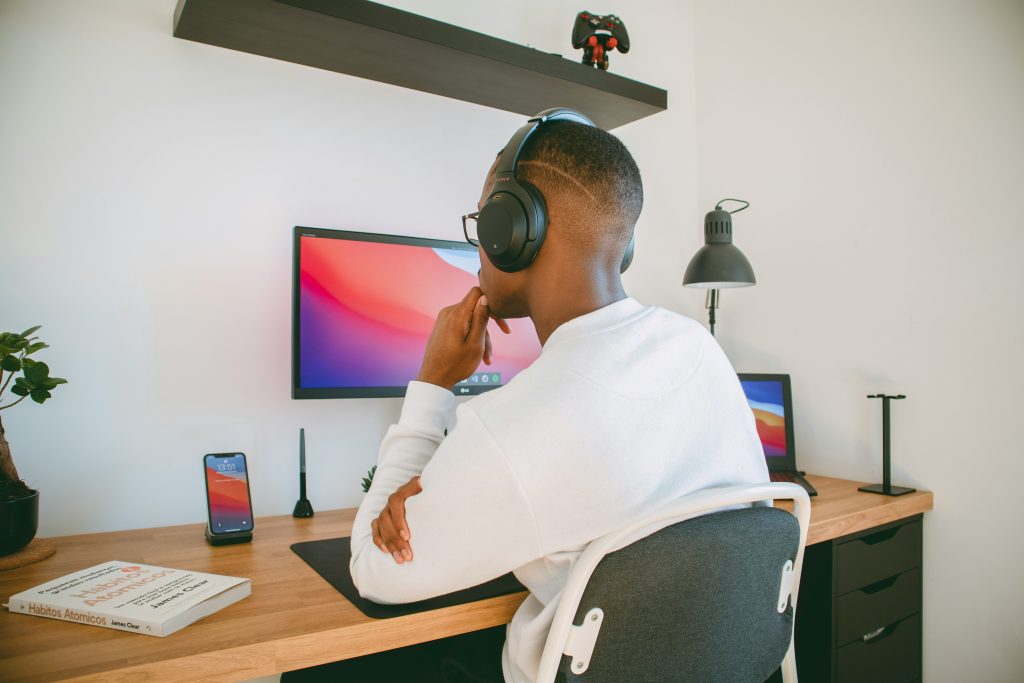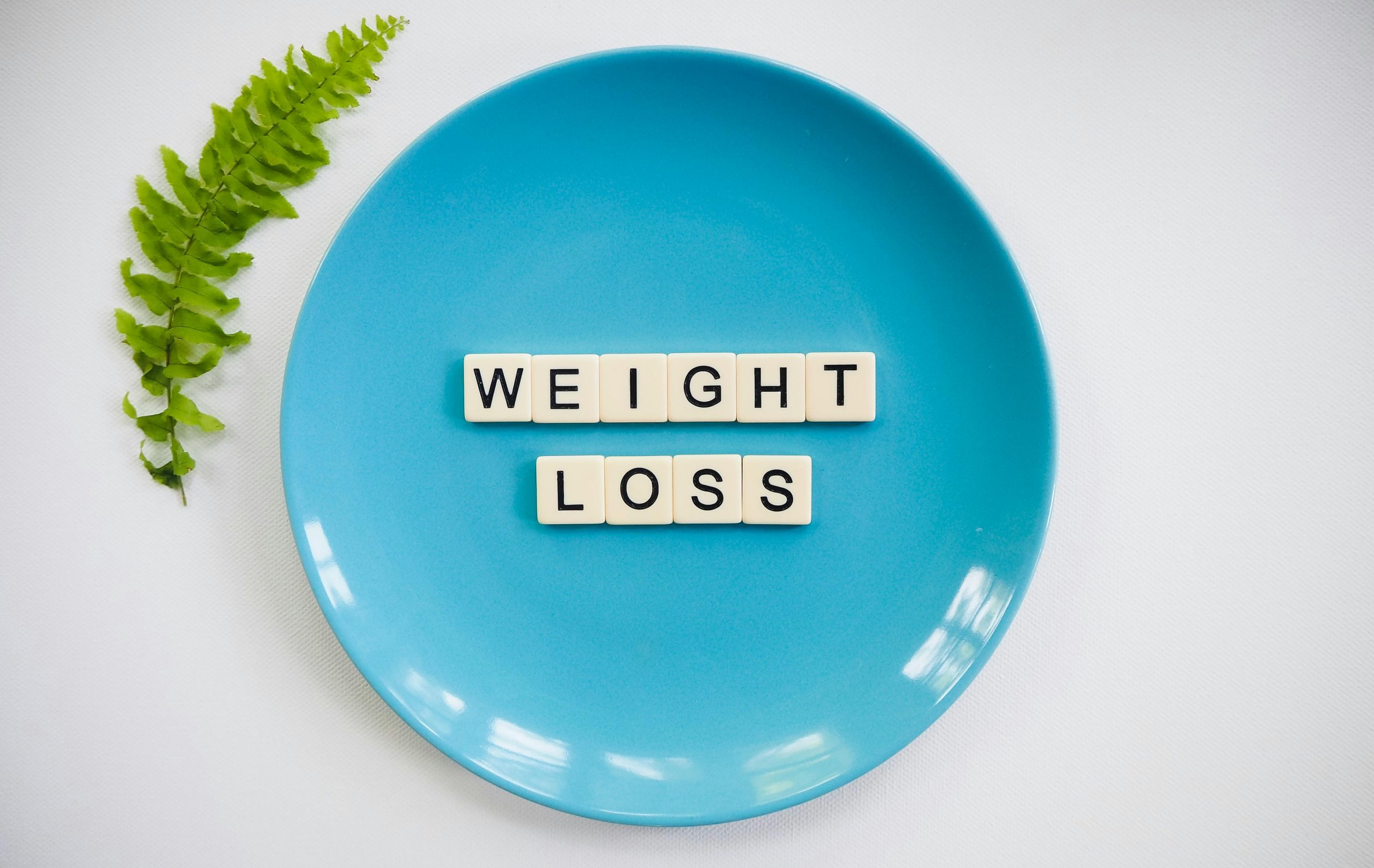Simple Lifestyle Shifts to Stay Comfortable While Working at Your Desk
The modern professional spends an average of eight hours daily hunched over keyboards and staring at screens, yet most people accept chronic back pain, eye strain, and afternoon fatigue as inevitable consequences of desk work rather than symptoms of preventable lifestyle choices. Traditional office setups trap workers in static positions that contradict basic human physiology, creating a cascade of discomfort that extends far beyond the workday into evening activities and sleep quality. The assumption that productivity requires sacrificing physical comfort has created a generation of professionals who view their bodies as obstacles to overcome rather than allies to optimize for sustained performance.
Photo by Nubelson Fernandes on Unsplash
When Marcus transitioned to remote work three years ago, he initially celebrated the freedom from commuting and office politics, setting up his laptop at his kitchen table and diving into his new routine with enthusiasm. Within weeks, however, he developed persistent neck tension, his lower back ached constantly, and his energy levels plummeted by mid-afternoon, forcing him to rely on multiple cups of coffee just to maintain focus. What began as temporary discomfort evolved into chronic pain that affected his sleep, mood, and weekend activities, making him question whether the benefits of working from home were worth the physical toll on his body.
The science of ergonomic wellness reveals that small, strategic adjustments to workspace setup, movement patterns, and daily routines can dramatically improve comfort and energy levels without requiring expensive equipment or major lifestyle overhauls. Simple modifications to monitor height, lighting conditions, and break schedules work synergistically to reduce physical stress while enhancing mental clarity and sustained focus throughout the workday. Modern research demonstrates that these interventions not only prevent discomfort but actually boost productivity and job satisfaction by aligning work environments with natural human movement and attention patterns.
The transformation from enduring desk work to thriving in it requires understanding that comfort and productivity are complementary rather than competing priorities, achieved through intentional choices about posture, environment, and work rhythms. Success comes from recognizing that the human body performs best when movement, rest, and focused work are balanced throughout the day, creating sustainable patterns that support both immediate comfort and long-term health while maintaining professional excellence.
Pay Attention to How Long You Sit
It’s easy to get caught up in work and suddenly realize hours have gone by without standing or stretching. Sitting all day without breaks can lead to stiffness, reduced circulation, and tension in places like the back, neck, and hips.
Setting a reminder to stand up every 30 to 60 minutes can help interrupt that stillness, even if it’s just to walk across the room or stretch for a moment. Small movements throughout the day help keep the body feeling more awake and balanced.
Focus on How You’re Sitting
One of the most overlooked parts of staying comfortable is simply checking how the body is positioned during work. The wrong chair height or screen angle can quietly lead to strain in the shoulders, wrists, or lower back over time.
The right sitting posture usually means feet flat on the floor, knees at a 90-degree angle, and the screen at eye level so you’re not leaning forward or looking down. Making these adjustments might take just a few minutes but can make a long day feel much easier.
Add in Some Movement That Feels Good
You don’t need a full workout during your lunch break to help your body recover from desk time. Even gentle stretching, a walk around the block, or standing while taking a call can bring a refreshing change in how your body feels.
Regular movement resets your muscles and helps reduce the tightness that comes from staying in one position for too long. Building these habits into your day makes them easier to stick with.
Try Something to Ease Tension at the End of the Day
By the time the workday ends, it’s common to feel some tightness in the neck, lower back, or even the hands after hours of typing. That’s where finding a remedy for aches can offer a little extra support as the body recovers.
Warm compresses, herbal balms, or even a gentle self-massage can go a long way in helping your muscles relax. It doesn’t have to be complicated; just something that signals it’s time to wind down and reset.
Small daily habits have a big impact on how the body handles desk work. By adjusting how you sit, moving regularly, and giving your body a little care when it needs it, you can turn your workspace into a place that supports both productivity and comfort without needing to overhaul your entire routine.





